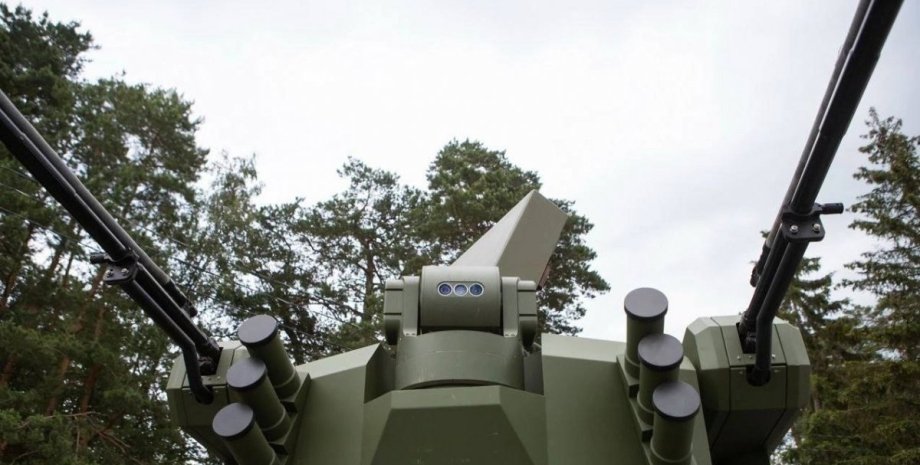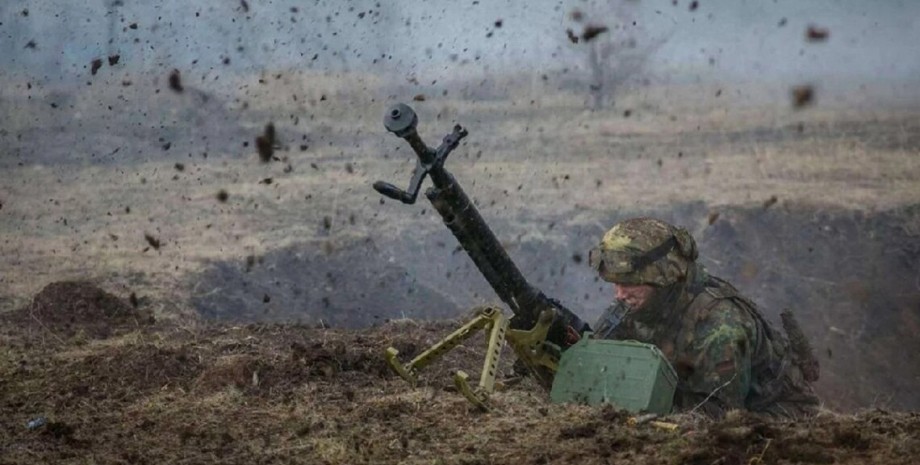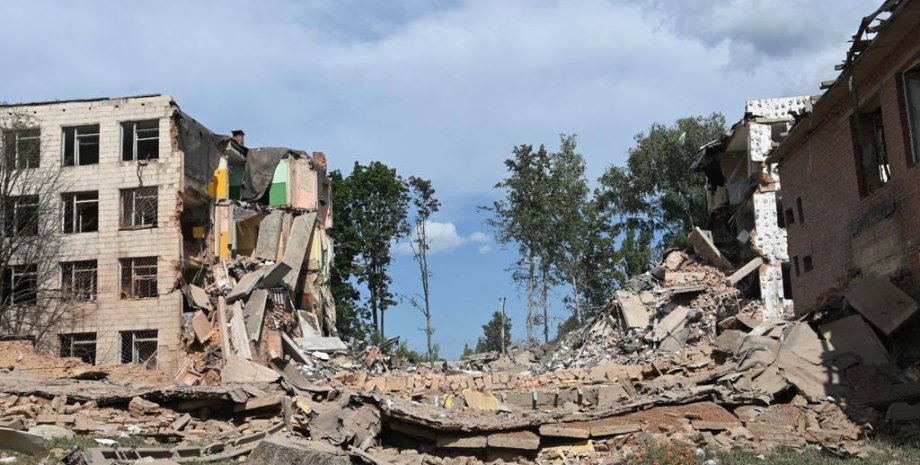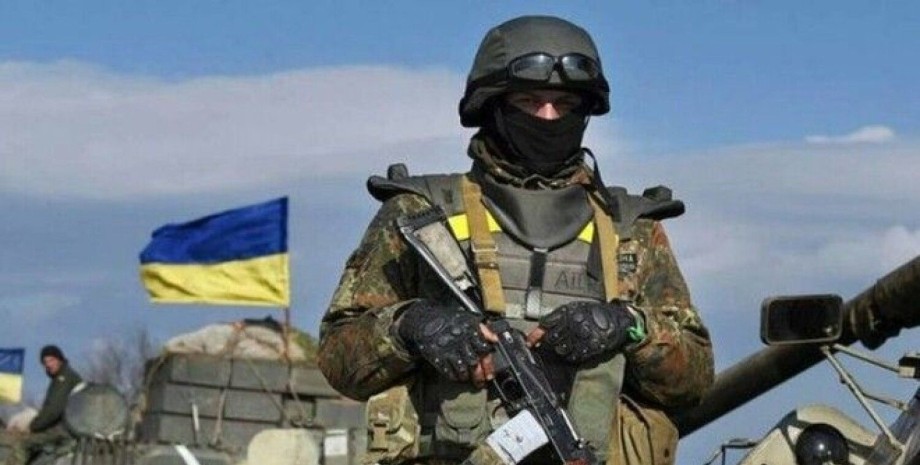Of course, the details are still scanty, but it is widely reported that the Iranian Uranus enrichment plant in Nathang was actually disrupting, as well as the objects of nuclear weapons development in Isfahan and Karaji were injured. About it writes geopolitical analyst Brandon J. Weikhert in an article that was translated by Focus. It is rumored that the attack has been the Iranian object of Ford - a pearl of a nuclear program. However, there are doubts that this object has been destroyed.
Ford is an extremely protected target - it was built under a mountain per air attack. To destroy the Ford, the Israelis will need a much more powerful antibrant bomb than the one in their current arsenal. Of course, the Israelis could use tactical nuclear weapons, but would prefer to avoid the political and diplomatic consequences of such a step without urgent need.
However, the weapons that Israel used in his campaign against Iran's nuclear objects, as well as his leadership and nuclear scientists, was still most effective. Here are some of the systems known to us. These small diameter bombs with accurate guidance were reported on military aircraft F-16i Soufa during strikes. They differ in high accuracy and are able to punch protected goals, which makes them suitable for damage to nuclear infrastructure on the surface.
But there are also more protected objects, such as in Nathang, which these bombs cannot hit. Spice stands for "smart, precise Impact, Cost-Effective"; This is a high -precision taver bomb developed by the Israeli defense contractor Rafael Advanced Defense Systems. It is part of the SPICE ammunition family designed to transform unmanaged bombs into high range weapons. The SPICE-1000 is based on a 450-kilogram warhead, which is commonly used in standard bombs such as MK-83.
It is equipped with modern guidance systems for accurate blows. The bomb can be equipped with various warheads, including shrapnel (for living purposes), penetrating (for fortified purposes) or fugas, which makes it suitable for the defeat of a wide range of targets. The range of these weapons is about 100 km, which allows aircraft to run it from a safe distance and reduces the likelihood of enemy air defense. This is good for the overall style of Israeli blows.
Although the Israeli Air Force has an advantage in the air above Iran, it is not complete, and the Israeli Air Force rely largely on long -acting missiles, as they are clearly concerned that Iranians can regain their air defense systems. The Spice-1000 bomb uses a multi-nod guide system that combines GPS and INS (inertial navigation system), which provides all-term high-precision navigation by pre-programmed coordinates.
The weapon is equipped with a "human control" function that allows you to identify and adjust the target in real time using a camera and a data transmission channel. This is especially effective against moving or not moving goals, as well as in the absence of GPS. The technology of comparison of frames used in a bomb also compares real -time images with pre -loaded target data, which increases accuracy even in the case of GPS obstacles.
Moreover, this weapon can be integrated with laser guidance for additional flexibility in dynamic combat scenarios, like Paveway II systems. This system is useful for striking and semi -protected infrastructure, such as centrifug halls, electric premises and auxiliary objects in Nathang. It can also be useful to strike on Isfahan. Israel is expected to use these 2. 2-ton Anti-bomb bombs designed for recessed purposes to disable a nuclear object in Nathang.
These bombs are improved for punching reinforced concrete and underground structures. However, it is important to understand that none of the weapons used by Israel has been effective for the complete destruction of Iranian nuclear facilities, so the Israeli Air Force continues to strike again on these facilities. The ROCKS rocket, developed by ISRAEL AEROSPACE Industries, is a long -range rocket with an accurate guidance that runs out of the fighters.
It is able to impress distant goals with high accuracy, which makes it a good choice for surgically accurate attacks similar to that that was conducted against the Iran leadership. These are the ballistic air base missiles included in the Ankor missile family. Blue Sparrow is a test rocket, and Silver Sparrow is intended for prompt blows, including hard-to-reach purposes. Ankor family wreckage was found in Iran, although these statements remain unconfirmed.
In the end, whether Israel uses 450-kilogram, 1. 3-ton or 2. 2-ton bombs, they are not enough to break through the protection of objects like Nathana and Ford. That is why the Nethanaug government asks Americans to intervene more directly in the conflict. If the Americans had launched their 13. 6-ton bomb GBU-57 Massive Ordnance Penetrator (MOP), they could easily end the Iranian nuclear threat.
But this will mean the US escalation of the US war - and undoubtedly a massive Iranian response against American goals in the region. However, to achieve the goals of Israel to destroy Iranian nuclear potential, American weapons will sooner or later need. Brandon J. Weikhert is a national security analyst, a former Congress employee and a geopolitical analyst who writes for The Washington Times, Asia Times and The-Pipeline.










All rights reserved IN-Ukraine.info - 2022